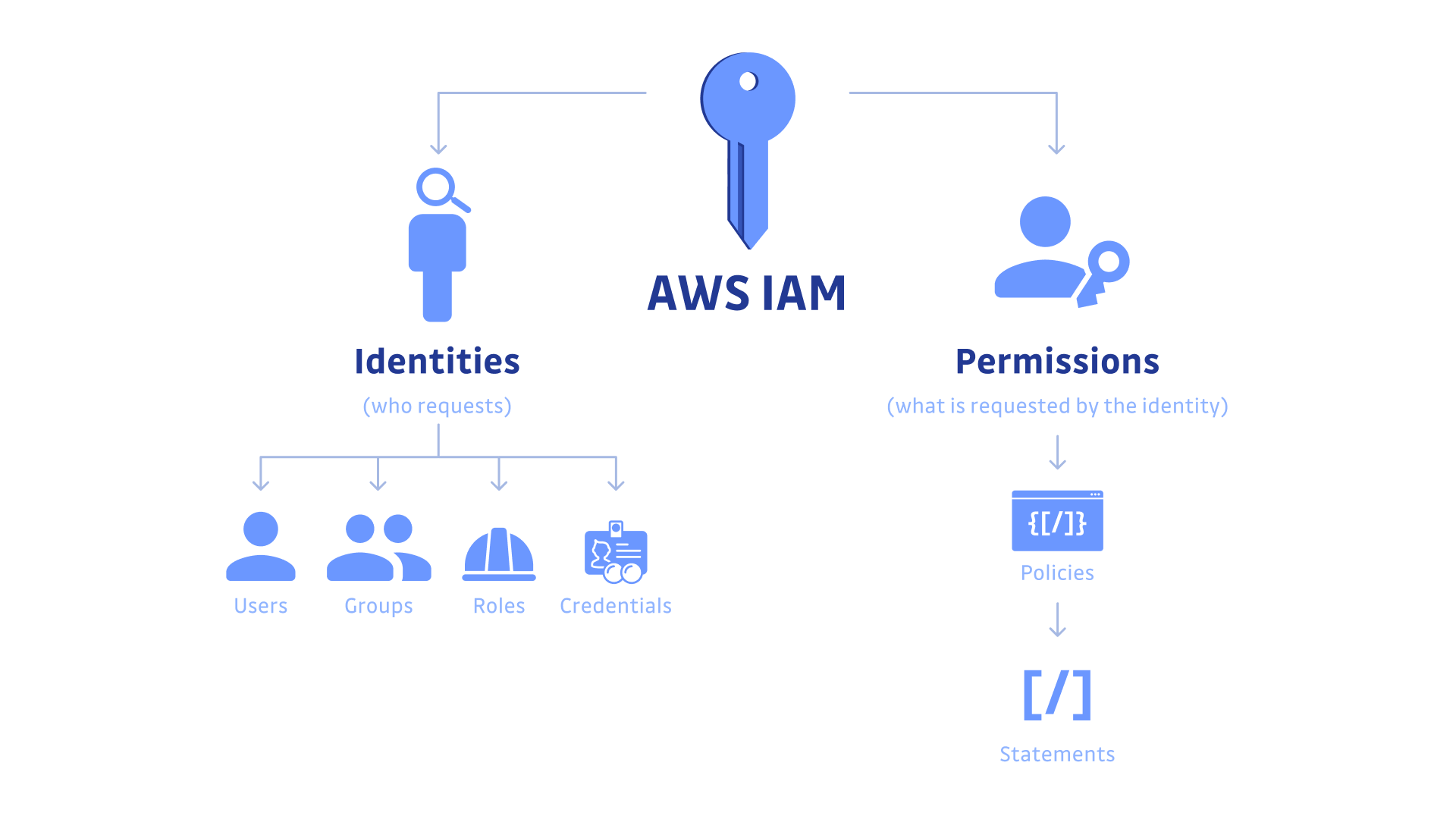IAM (Identity and Access Management) security best practices refer to a set of guidelines and strategies designed to protect AWS resources by ensuring that only authorized users and applications have the appropriate access. By implementing these practices, organizations can minimize security risks and maintain a robust security posture in the cloud.
Table of content

Why Are IAM Security Best Practices Important?
- Preventing Unauthorized Access: Ensuring that only authorized users can access sensitive resources.
- Minimizing Attack Surface: Reducing the number of permissions granted to users and services.
- Enhancing Compliance: Meeting regulatory requirements and internal security policies.
- Improving Operational Efficiency: Streamlining access management processes.
IAM Security Best Practices
- Use Temporary Credentials: Whenever possible, avoid using long-term credentials. Instead, utilize temporary credentials provided by IAM roles or federated access. This approach reduces the risk of credential exposure and enhances security.
- Enable Multi-Factor Authentication (MFA): Require MFA for all users, especially those with administrative privileges. MFA adds a layer of security by requiring users to provide two forms of authentication.
- Implement Least Privilege Access: Grant users and applications only the permissions they need to perform their tasks. Regularly review and adjust permissions to ensure they align with the principle of least privilege.
- Rotate Access Keys Regularly: For use cases that require long-term credentials, rotate access keys periodically. This practice helps mitigate the risk of compromised keys.
- Protect Root User Credentials: Avoid using the root user for everyday tasks. Instead, create individual IAM users with appropriate permissions. If root user access is necessary, ensure MFA is enabled and credentials are securely stored.
- Use IAM Access Analyzer: Utilize IAM Access Analyzer to identify and validate permissions, ensuring they adhere to security best practices. This tool helps in detecting unintended access to resources.
- Establish Permissions Guardrails: Implement Service Control Policies (SCPs) using AWS Organizations to set permission boundaries across multiple accounts. This approach helps maintain consistent security policies.
- Tips & Tricks for Enhancing IAM Security: Regular Audits: Conduct regular audits of IAM roles, policies, and permissions to identify and rectify any security gaps.
- Use IAM Roles for Applications: Assign IAM roles to applications and services instead of embedding credentials within the code.
- Monitor Access Logs: Enable logging and monitoring to track access patterns and detect any anomalous activities.
- Educate Users: Provide training to users on the importance of IAM security and best practices.
IAM Security Best Practices FAQs
- Q1. What is the principle of least privilege?
The principle of least privilege involves granting users and applications only the permissions necessary to perform their tasks, minimizing potential security risks. - Q2. How can I monitor IAM activity in AWS?
You can use AWS CloudTrail to log and monitor API calls made on your AWS account, helping detect unauthorized access and potential security incidents. - Q3. What is IAM Access Analyzer?
IAM Access Analyzer is a tool that helps identify and validate permissions, ensuring they adhere to security best practices and detecting unintended access to resources. - Q4. How often should I rotate access keys?
Access keys should be rotated periodically, and any unused or unnecessary keys should be removed to reduce the risk of compromise. - Q5. Can I delegate permissions management within my account?
Yes, you can use permissions boundaries to delegate permissions management within an account, setting the maximum permissions that an identity-based policy can grant to an IAM role.